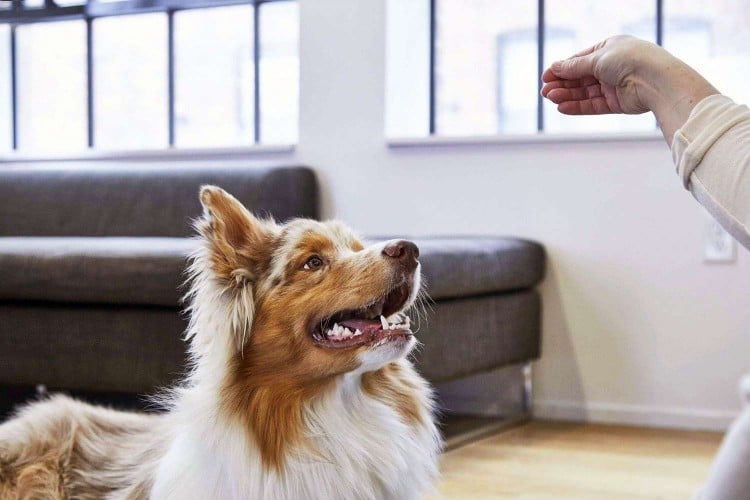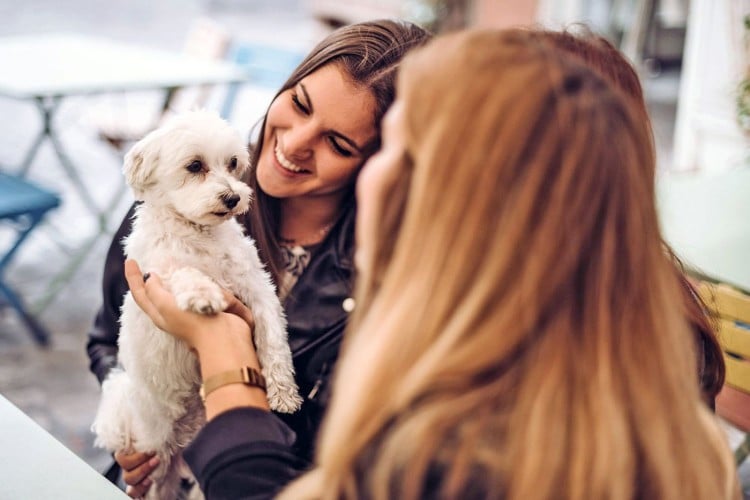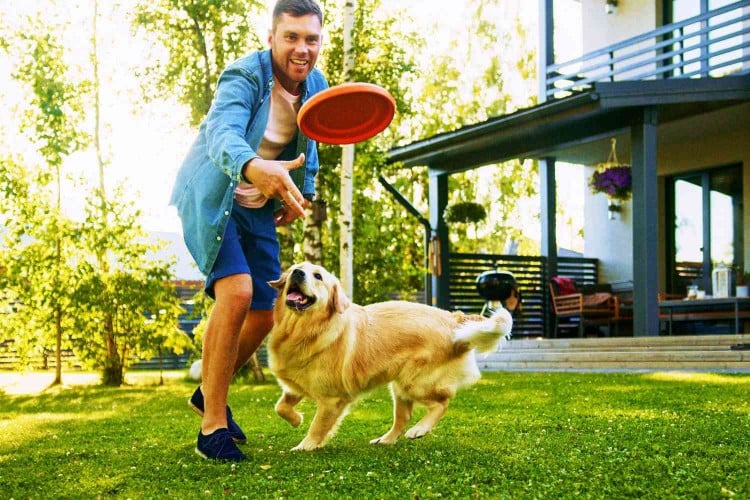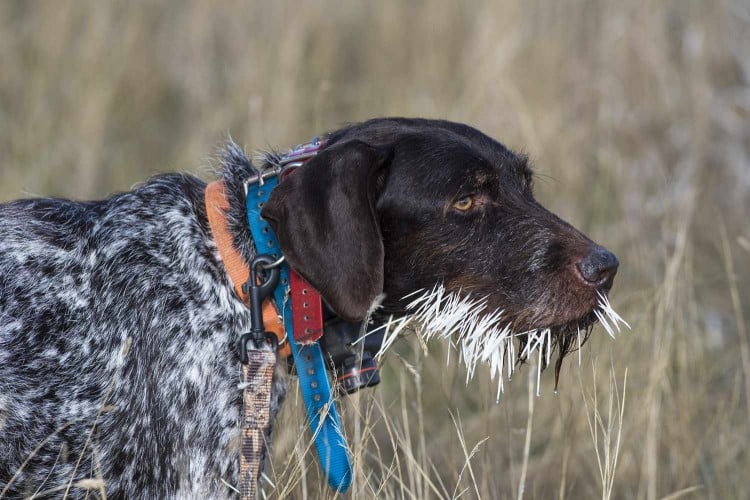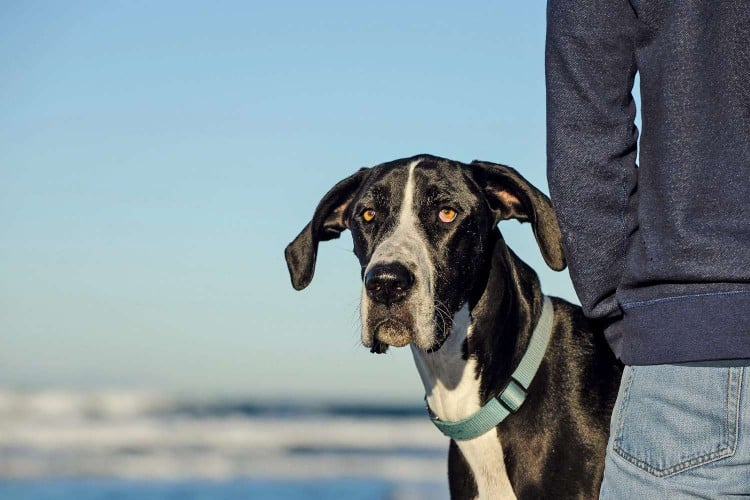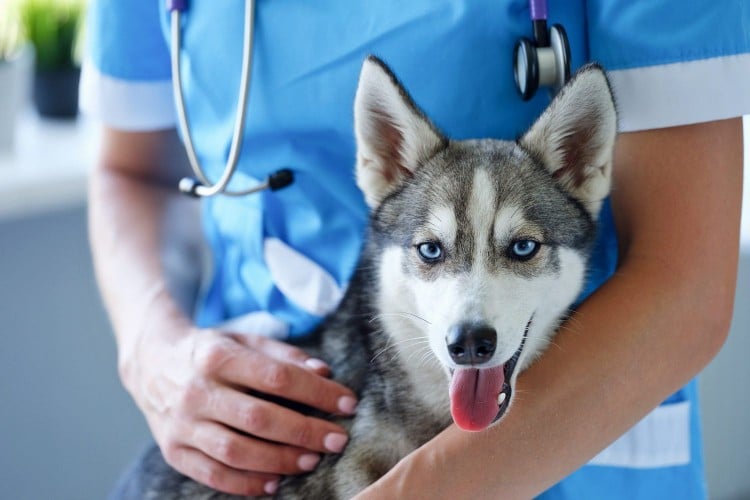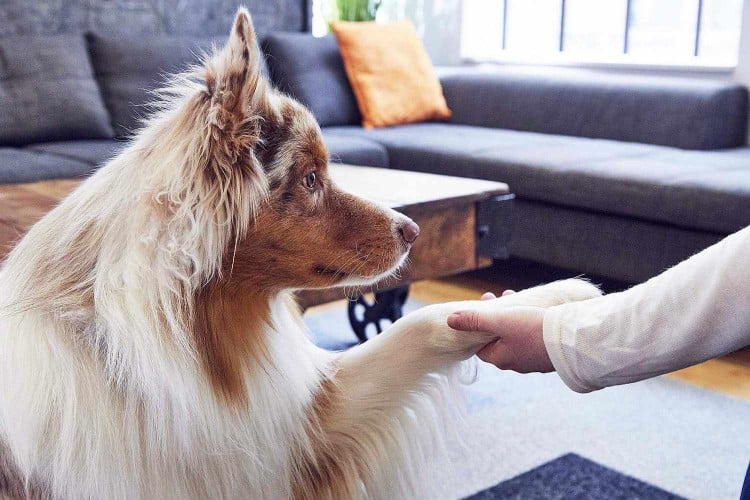
Teaching our dogs tricks is a great way to build fun behaviors and useful skills. Using positive reinforcement we can easily teach our dog the cue of "shake." This cue can be used to "introduce" your dog to close friends (show off!) but can also be the foundation for teaching your dog to offer their paw for nail trims, foot care, and other tricks like "high five."
Your dog will need to know how to "sit" or "down" on cue before beginning this trick so that they can easily raise their paw to meet your hand. To get started, grab lots of great treats your dog loves and follow these simple steps.
What You Need to Get Started
Choose a Reinforcer
Create a Marker
A marker (which is also known as a bridging stimulus) is a sound or hand signal that pinpoints the exact moment your dog did something that earned them a reinforcer (the treat). A clicker is a great example of a marker. But if you don't have a clicker, it's also OK to use a consistent word like "yes" or "good." Another option would be to use a hand signal such as a thumbs up. But it's important to pick one and stick to it. Mark the behavior using your chosen marker the second you see it. The more accurate and quick your mark is, the more effective your teaching will be!
Easy Steps to Teaching a Dog to "Shake" on Cue
01 of 05Ask for a "sit"
Ask your dog to "sit," mark the action, then give them a treat. Kneel down in front of them and mark and treat them if they do not move from the "sit."
02 of 05
Capture pawing at your hand
03 of 05
Add a verbal cue
With your dog still in a "sit" this time say the cue "shake" or "paw" right before you put your fist out. If your dog paws at your hand or raises their paw mark, give them a treat, and praise! Repeat this a few times.
04 of 05
Hold the paw
To add a "shaking hands" feature, this time hold their paw for one second after they present it, mark, and immediately give them a treat and praise.
05 of 05
Add duration
Slowly build up the amount of time you can hold their paw, adding in a slow hand shake movement, always making sure to mark and treat.
Tip: Some dogs are more comfortable laying down to start this trick and that's OK! Go at their pace. Once they consistently raise a paw to meet your hand (even if it's just an inch) you can request they offer the cue from a sitting position.
By using positive reinforcement you can teach all your dogs all sorts of fun stuff. Tricks are often a great building block to more complex behaviors that you can use in a variety of situations.
